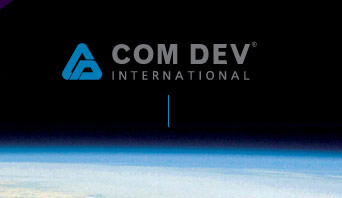
NASA’s James Webb Space Telescope is the famed Hubble Space Telescope’s successor and a key part in our future as it pertains to space exploration and discovery. Designed to thrive further into space than its predecessor, the telescope will not be launched or function to be the best of its abilities without the aid of some good old Canadian innovation.
COM DEV International Ltd. (CDV), a Cambridge and Ottawa Ontario based company that specializes in the design and manufacture of space hardware is the company behind an integral part of how the telescope will operate. Their fine guidance sensor (FSG) technology as the name implies functions to guide the telescope in the direction needed. This allows full control of the telescope as well as its vast potential for a plethora of services beyond space exploration. In other words, a highly integral function.
According to company CEO David Lizius, the FSG technology allows a surprising number of “down to earth” business opportunities. Given the costs that have gone into the technology, the ability to quickly recoup and henceforth ear profits is very appealing. Potential applications include high level imaging of Earth for urban planning as well as mapping platforms like Google Maps. A similar technology is currently being used by COM DEV within satellites in order to track ships and parlay this data to various clients including the Canadian government.
The FSG technology and its use within the James Webb is in large part a national and Canadian Space Agency (CSA) initiative. CSA has given upwards of $146 million towards the Webb over the past 10 years with the majority of those funds put towards the FSG and other COM DEV equipment, which will arrive at NASA later this week.